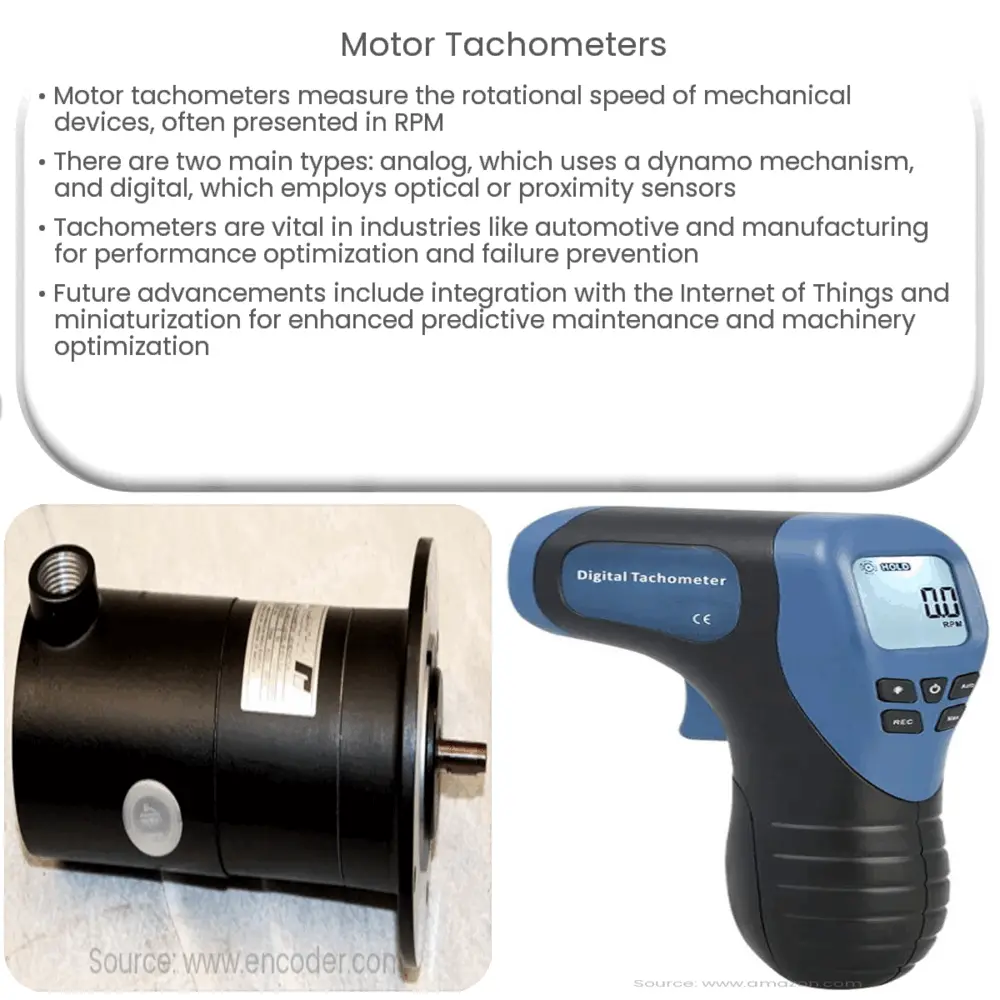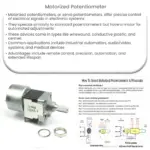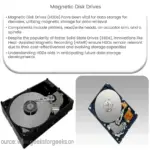Explore the essentials of motor tachometers, their types, applications, working principles, and the future trends in this comprehensive guide.

Understanding Motor Tachometers
A motor tachometer is an indispensable instrument that measures the rotational speed of a shaft or disk in motorized or mechanical devices. These readings, often expressed in revolutions per minute (RPM), serve as valuable data for engineers and technicians to monitor, control, and troubleshoot various machinery.
Types of Motor Tachometers
There are two primary types of motor tachometers: analog and digital. Each serves the same purpose, yet they differ in their presentation of data and their internal workings.
- Analog Tachometers: These are traditional forms of tachometers that display the RPM through a needle over a dial. They operate on the principle of a dynamo, generating voltage proportional to the rotational speed.
- Digital Tachometers: Modern and more advanced, digital tachometers display the RPM on an LED or LCD. They use either an optical sensor, which uses light interruption, or a proximity sensor, which relies on magnetic pulses.
Applications of Motor Tachometers
Motor tachometers are crucial for many sectors due to their ability to provide precise and reliable measurements of rotational speed.
- Automotive Industry: Tachometers are extensively used in the automotive industry. They help in determining the RPM of the engine, allowing drivers to optimize their gear shifts, thereby enhancing the vehicle’s performance and fuel efficiency.
- Industrial Machinery: In manufacturing facilities and industrial plants, tachometers monitor machinery to ensure optimal performance and prevent any potential failures.
Working Principle of Motor Tachometers
Motor tachometers operate on a simple yet effective principle, which involves measuring the rate of rotation. As such, the basic working principle differs slightly between analog and digital tachometers.
- Analog Tachometers: These tachometers generate a voltage proportional to the rotational speed, typically through a dynamo mechanism.
- Digital Tachometers: They function either through an optical sensor or a proximity sensor. An optical sensor interrupts a light beam to measure RPM, whereas a proximity sensor detects magnetic pulses.
This principle has laid the foundation for the functionality and accuracy of motor tachometers in various industries, and with continued advancements, their capabilities are bound to increase.
The Significance of Accuracy in Tachometers
Accuracy is an integral aspect of any measuring device, and motor tachometers are no exception. The precision of a tachometer directly affects the operation of the machinery it measures. Incorrect RPM readings can lead to suboptimal performance and, in some cases, mechanical failure.
Most modern digital tachometers provide a high level of accuracy, often within 0.1% of the actual RPM. This precision has become vital in advanced applications, such as aerospace and robotics, where slight deviations can lead to severe consequences.
Tachometers in the Future
The future of tachometers lies in technological advancements and integrations. With the rise of the Internet of Things (IoT), tachometers are expected to become smarter, providing real-time data directly to monitoring systems, enhancing the ability to predict and prevent mechanical failures.
- Integration with IoT: As devices become more interconnected, tachometers will likely feed live data to centralized systems. This advancement will allow for better monitoring, predictive maintenance, and optimization of machinery.
- Miniaturization: The trend towards smaller, more compact devices is also expected to affect tachometers. Miniaturization will facilitate their use in smaller or more complex machines, where space is limited.
Conclusion
In conclusion, motor tachometers play a critical role in various industries, providing vital data on the operational speed of machinery. Whether it’s an analog or digital variant, these instruments offer invaluable insights that aid in machine control, performance optimization, and failure prevention. As technology continues to advance, tachometers are set to become even more precise, integrated, and compact, catering to the ever-evolving needs of various sectors. This enduring relevance underscores the importance of understanding and appreciating the workings of these indispensable devices.




